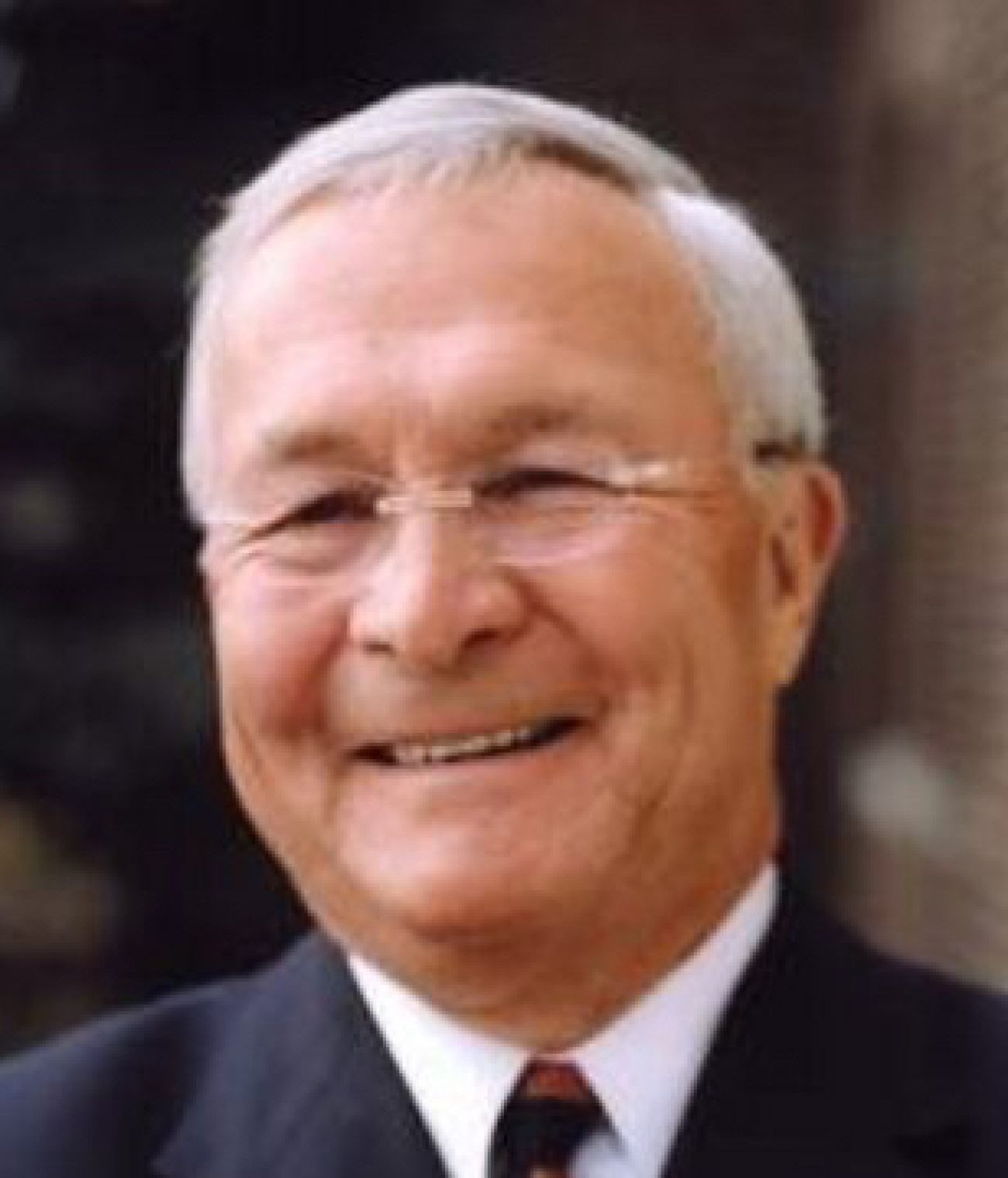Snyder budget aims to put more tools in skilled-trades classrooms

LANSING — Gov. Rick Snyder is taking his campaign to increase Michigan’s skilled trades employment to high school, and put more up-to-date equipment used by real employers in the state’s vocational classrooms.
The proposal is one part of a bigger plan to support the skilled trades and shatter stereotypes that skilled trades are dirty jobs. It comes the same week Oakland County Executive L. Brooks Patterson extolled the virtues of “shop class” in a speech.

The $20 million competitive grant program he proposed last week in his 2018 budget is modeled after a similar program in 2015 for community colleges that Snyder’s administration said led to 91 new or expanded programs at 18 schools.
If the Legislature approves it, K-12 districts and regional intermediate school districts that offer career and technical education programs would be eligible to apply for funding to offset the cost of buying new machinery.
A grant program would be a boon for Michigan’s public vocational education system, where funding varies by county and many needed equipment upgrades are deferred due to a lack of money for big-ticket purchases.
The idea is pending budget approval, but districts chosen to receive funding would be expected to work with nearby employers to identify the types of equipment and skills in the highest demand in the workforce, said Dave Murray, a spokesman for the Michigan Department of Talent and Economic Development. The state’s talent department is working with the Michigan Department of Education on the program.
The grant program is one piece of the Snyder administration’s plan to support its emphasis on skilled trades with more money, centered on a $40.9 million statewide education and promotional campaign it’s branding “Going Pro.”
More money for economic development incentives
Gov. Rick Snyder proposed a $10 million increase to funding for business attraction and community revitalization programs managed by the Michigan Economic Development Corp. in his 2018 fiscal-year budget. A total of $125.5 million would be available for those efforts.
Joshua Hundt, the MEDC’s business development projects vice president, said the funding increase mostly would be used to offer more incentives to recruit companies to Michigan, helping with business expansion projects or helping finance community development projects. Since the funding is one-time money, it’s not expected to be used to hire additional staff or start new programs, Hundt said.
Snyder also proposed one-time funding of $5 million for talent marketing, including promotion of career fairs and high-demand skills and industries.
The campaign folds in the state’s existing Skilled Trades Training Fund, which offers grants to employers to help cover training costs, and is intended to help shatter stereotypes that skilled trades are dirty jobs. Snyder is recommending a one-time funding increase of nearly a third, or $10 million, over current levels to support Going Pro in the 2018 fiscal year that starts Oct. 1.
“We’re renaming it the Going Pro program because we want people – young people and parents in particular – to view becoming a skilled tradesperson as becoming a professional,” Snyder told lawmakers last week as he unveiled his budget proposal in Lansing. “We’ve got the opportunities, folks. We need our young people to go into them.”
Employers are struggling to fill open positions because of a shortage of trained workers in the pipeline to replace an aging workforce nearing retirement. Enrollment in high school vocational programs has not returned to where it was just a decade ago as Michigan adopted a more rigorous college-prep high school curriculum, and the recession caused some labor unions to scale back or stop apprenticeship programs — leaving them with a talent shortfall as manufacturing and construction industries began to recover.
More than 41,000 jobs requiring an associate’s degree or less were posted last week on the state’s talent portal. That gap is one reason Snyder is looking to high school as an opportunity to expose younger students to the trades before they make their college or job decisions.

Oakland County Executive L. Brooks Patterson weighed in during his recent State of the County address, suggesting a rethinking of high school career planning to encourage students who like working with their hands to consider skilled trades. It could be as simple, he said, “as reinstituting in grade school or high school what we all knew as shop class.”
“We are very pleased at the resurgence and a focus and an importance that’s being placed on career and technical education,” said Shannon Williams, who last month took over as regional administrator for career-technical education at the Macomb Intermediate School District after working as the career-technical education coordinator for Utica Community Schools.
“If (funding is) there,” she said, “we will find useful ways to use it.”
A mix of funding sources, needs
Macomb County, like Wayne County, doesn’t have a countywide millage to support vocational education. In contrast, neighboring Oakland County has a millage that supports four technical campuses run by the regional intermediate school district, Oakland Schools.
The Oakland district said it would apply for a new K-12 equipment grant, with a focus on advanced manufacturing, health sciences, transportation, construction skills and science, technology, engineering and math (STEM) fields.
Macomb County’s ISD coordinates career-tech programs offered within 21 local school districts in the county, Williams said.
Vocational programs get some extra state funding to offset higher operating costs than in general education, but several administrators said the funding isn’t designed to cover large capital equipment costs.
Macomb County instructors have requested such equipment as 3-D printers, construction equipment, medical devices and mannequins and welding simulators, Williams said.
Welding is a high-demand field at the William D. Ford Career-Technical Center in Westland, with 32 students enrolled in each of two shifts during the school day, said Michele Harmala, superintendent of Wayne-Westland Community Schools, which runs the vocational center.
The welding program can’t support any more students per shift than 32, Harmala said, because to do so would require additional welding booths and ventilation systems – equipment that the district hasn’t been able to afford. In the 2013-14 school year, the Westland center considered adding 12 more welding stations to include more students who aren’t able to get into the program, Harmala said, at a cost of $350,000. The upgrade hasn’t yet happened.
When the district talks to business leaders along the I-275 industrial corridor, Harmala added, “welding always comes up as an area that people are needed.”
In 2015, the community college program awarded a total of $50 million to 18 colleges, which used the new equipment to support programs in such fields as welding, water resource management, CNC machining, craft brewing, automotive repair, 3-D printing and health care, Murray said. The colleges contributed $21.5 million in matching funds.
Henry Ford College in Dearborn received $4.5 million in grant dollars toward a $6.7 million equipment purchase, according to the state. The college has partnered with the Downriver Career Technical Consortium, based in Flat Rock and serving students from nine mostly Downriver school districts, and Ford Motor Co.’s Flat Rock Assembly plant to offer a program in mechatronics for high school juniors and seniors, said Mary Brockschmidt, the Downriver consortium’s director. Henry Ford College supplied the equipment and the consortium provided the instructor and curriculum, Brockschmidt said.
The consortium’s top program needs include new auto lifts for its automotive technology program – “some of them are so old they can only align cars made prior to the year 2000,” said Jackie Leonard, its project coordinator, adding that one lift could cost more than $20,000 and the consortium runs three auto programs – a tractor and greenhouse for an agriscience program, robotic welders and plasma cutters.
See what new members are saying about why they donated to Bridge Michigan:
- “In order for this information to be accurate and unbiased it must be underwritten by its readers, not by special interests.” - Larry S.
- “Not many other media sources report on the topics Bridge does.” - Susan B.
- “Your journalism is outstanding and rare these days.” - Mark S.
If you want to ensure the future of nonpartisan, nonprofit Michigan journalism, please become a member today. You, too, will be asked why you donated and maybe we'll feature your quote next time!

